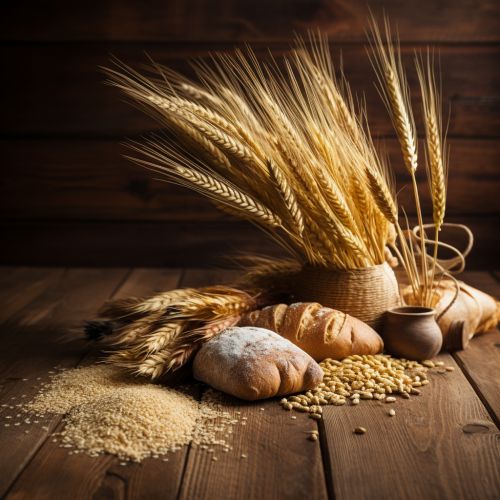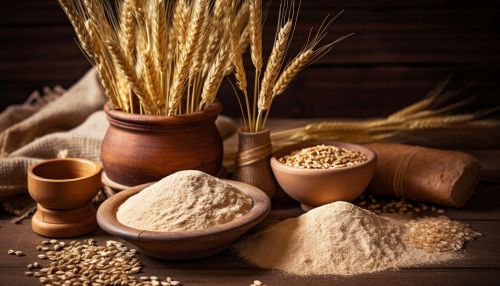Paleoethnobotany
Introduction
Paleoethnobotany, also known as Archaeobotany, is an interdisciplinary field that combines methods and theories from botany, archaeology, and anthropology to understand human-plant interactions throughout history. This field of study aims to interpret the ways in which ancient societies exploited, processed, and perceived plants in their environment.


History of Paleoethnobotany
The field of paleoethnobotany emerged in the early 20th century, with the first systematic application of paleoethnobotanical methods occurring in the 1950s. Early practitioners focused on the identification of plant remains found in archaeological sites, with the goal of reconstructing ancient diets and agricultural practices. Over time, the field has expanded to include a broader range of questions about human-plant interactions, including the cultural and symbolic significance of plants, the impact of human activities on plant communities, and the role of plants in ancient trade and economy.
Methodology
Paleoethnobotanists use a variety of methods to recover and analyze plant remains from archaeological contexts. These include flotation, a technique that separates plant remains from soil by their differential buoyancy, and microscopy, which allows for the detailed examination of plant structures. Other methods include radiocarbon dating for determining the age of plant remains, and starch grain analysis for identifying the types of plants that were processed at a site.
Applications
Paleoethnobotany has been applied to a wide range of archaeological questions. For example, it has been used to investigate the origins and spread of agriculture, with studies focusing on the identification of early domesticated plants and the reconstruction of ancient farming practices. Paleoethnobotany has also been used to explore the role of plants in ancient diets, medicine, and ritual, as well as the impact of human activities on past plant communities.
Challenges and Future Directions
Despite its many successes, paleoethnobotany also faces several challenges. These include the preservation bias of plant remains, which can skew our understanding of past plant use, and the need for more rigorous methods for identifying and interpreting plant remains. Looking forward, there is a growing interest in using paleoethnobotany to address broader questions about human-environment interactions, including the impact of ancient farming practices on biodiversity and climate change.
